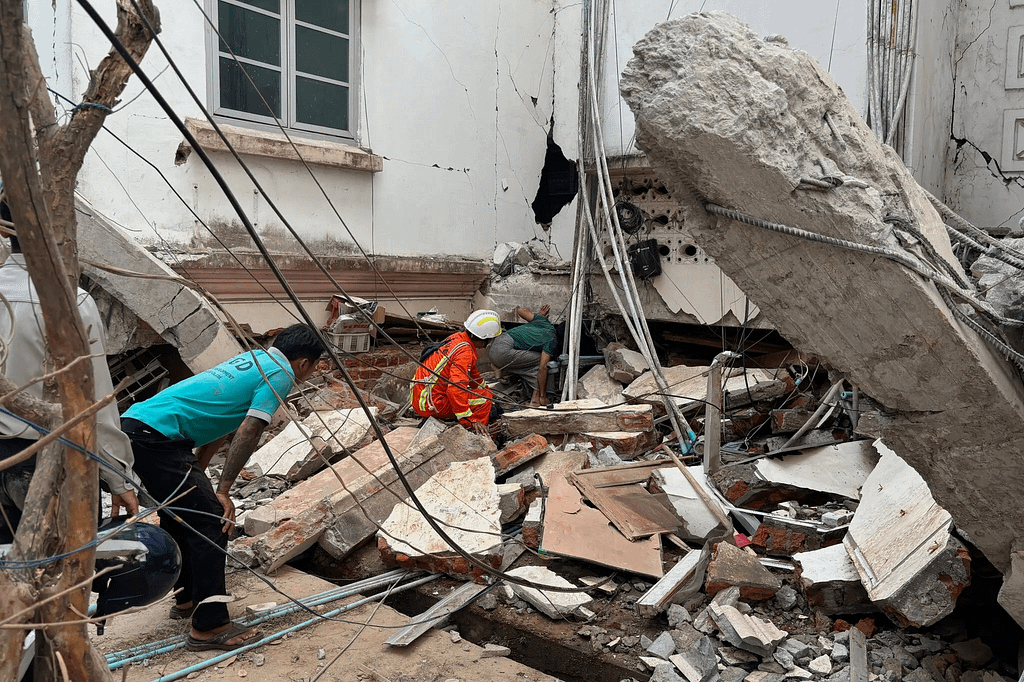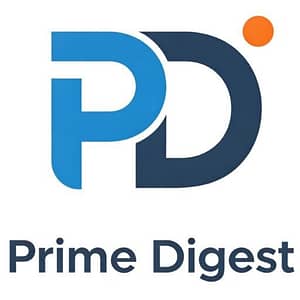On March 28, 2025, the land of Myanmar emitted a painful groan. A 7.7 magnitude earthquake, like a ruthless giant hand, tore apart the tranquility of the Sagaing region and shattered the already fragile peace of this nation. This disaster not only brought immeasurable loss of life but also cast a thick shadow over Myanmar’s future.
We have felt the power of the earthquake from the cold numbers: thousands of lives suddenly disappeared, thousands were injured, and countless families were broken. Houses collapsed, roads were broken, and infrastructure was paralyzed. The once-prosperous city is now scarred. The collapse of the control tower at Naypyidaw International Airport is more like a metaphor, symbolizing the collapse of Myanmar’s social order.
However, the earthquake brought not only physical destruction but also a severe test to Myanmar’s society. Myanmar has long been plagued by civil war, with various forces vying for power and the people’s livelihood declining. This earthquake is undoubtedly adding insult to injury, making an already fragile society even more overwhelmed.

Why is Myanmar so “Fragile”?
Myanmar is located at the junction of the Indian and Eurasian plates, where geological activity is frequent and the risk of earthquakes is inherently high. But the deeper reason lies in its complex political and social environment. The ongoing civil war has made the government unable to carry out effective disaster prevention and rescue work. The separation of local armed forces has also hindered the transportation and distribution of relief materials. People are displaced and live in poverty, making it even more difficult to cope with sudden disasters.

Where is the Future Road Going?
After the earthquake, Myanmar will face even more severe challenges:
- The Humanitarian Crisis is Aggravated: People who have lost their homes need emergency resettlement, the wounded need treatment, and hungry people need food. How to effectively coordinate resources from all parties and ensure the basic lives of the victims is the primary task facing the Myanmar government and the international community.
- Increased Risk of Epidemics: Poor environmental sanitation after the disaster can easily lead to the spread of diseases. Especially for areas lacking medical resources, the spread of the epidemic will bring greater disaster.
- The Political Situation is More Turbulent: Earthquakes may exacerbate conflicts between various forces and trigger a new round of conflict. How to maintain social stability and avoid further deterioration of the situation during post-disaster reconstruction is a huge test for Myanmar’s leaders.
- The Road to Reconstruction is Long: The reconstruction of infrastructure requires a lot of financial and technical support. How to attract international aid and formulate a reasonable reconstruction plan is a long-term challenge facing Myanmar.
We hope that this earthquake can awaken all parties’ desire for peace. Only through dialogue and negotiation to achieve true national reconciliation can Myanmar get out of its predicament and rebuild its homeland. The international community should also extend a helping hand to help Myanmar tide over the difficulties and jointly build a better future.































